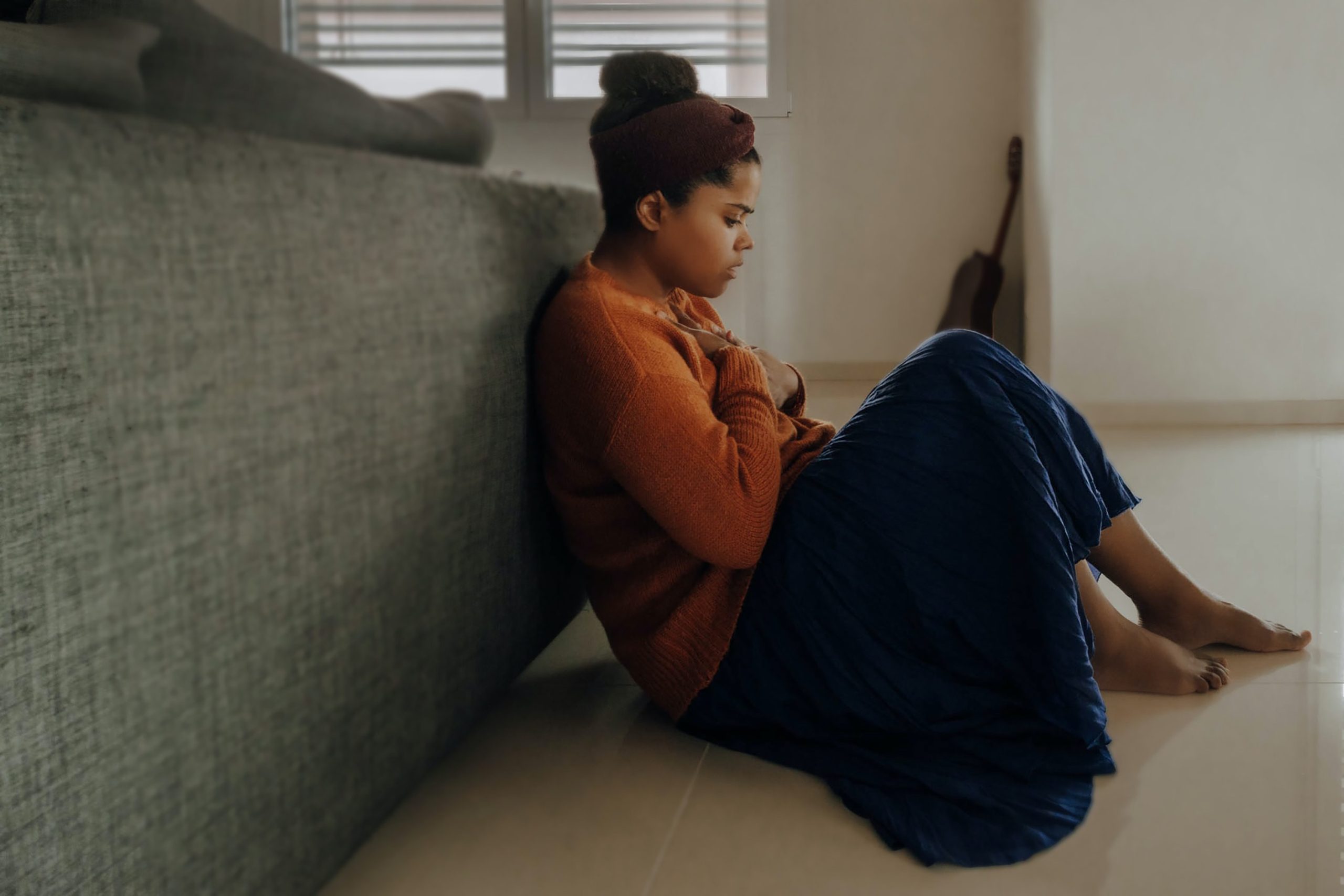
Lauren Dempsey, MS in Biomedicine and Law, RN, FISM News
[elfsight_social_share_buttons id=”1″]
A group of national experts has recommended that children be screened for anxiety, depression, and suicide risk at an earlier age, amidst a nationwide rise in children suffering from symptoms.
The U.S. Preventive Services Task Force (USPSTF) is advising that children aged 8 to 18 be screened for anxiety citing overwhelming benefits of early detection and treatment. They said they do not feel that there is currently enough evidence available to recommend screening in children 7 years old and younger.
USPSTF is a volunteer group of specialists in the field of prevention and evidence-based medicine that makes recommendations about clinical services like screening tests, counseling, and preventive medicine that operates under the Agency for Healthcare Research and Quality.
The task force has also recommended similar screenings of children in the same age range for depression and suicidal ideations.
Depression is one of the nation’s leading causes of disability and suicide is the second leading cause of death in children aged 10 to 19 years old. Experts note that children with depression typically exhibit symptoms in their performance at school or work as well as with social interactions. Very little evidence is available on depression in children younger than 11, however earlier onset is usually associated with worse long-term outcomes. It is also associated with depression in adulthood and other mental disorders.
Anxiety has become an increasingly common disorder in the U.S. and includes many different conditions that are categorized by excessive fear and worry that often present physically and emotionally. When diagnosed in childhood, anxiety disorders are associated with an increased likelihood of anxiety and depression in adulthood. The current Diagnostic and Statistical Manual of Mental Disorders, identifies multiple types of anxiety disorders that children can be screened for, including generalized anxiety disorder, social anxiety disorder, panic disorder, and separation anxiety.
There are a variety of factors that put children at a higher risk for anxiety including genetic predisposition, certain personality traits, environmental triggers, race, and socioeconomic status. According to a 2016 National Survey of Children’s Health, anxiety disorders were most common in children aged 12 to 17 and were higher in white children when compared to other racial or ethnic backgrounds.
The task force recommendations apply to all children, even those who have no signs or symptoms of anxiety.
The two most common tools used to identify anxiety disorders are the Screen for Child Anxiety Related Disorders (SCARED) and Social Phobia Inventory. A positive result results in doctors initiating further assessment and follow-ups in order to obtain an accurate diagnosis.
Proper assessment is essential for treatment, which includes therapy, medications, or both. The most commonly used approach is cognitive behavioral therapy which focuses on coping skills to help regulate a person’s emotional response. Duloxetine, also known as Cymbalta, is currently the only medication approved by the FDA for treatment of generalized anxiety disorder in children aged 7 years or older, however there have been some reports of medications that have been prescribed for off-label use.
In 2021, the American Academy of Pediatrics, the American Academy of Child and Adolescent Psychiatrists and Children’s Hospital Association declared that American children were facing a mental health crisis it considers a national emergency. While mental health has been declining for decades, the last two years have exacerbated the issue.
Experts believe that the rise in cases is directly correlated to lockdowns and isolations. 37% of children have reported poor mental health, including anxiety, during this time period. Prior to the pandemic only 8% of children suffered from anxiety.
A recent survey shows that 76% of physicians believe it is important to ask children about mental health, but only 46% ask regularly, highlighting a need for better assessments among health care providers.
